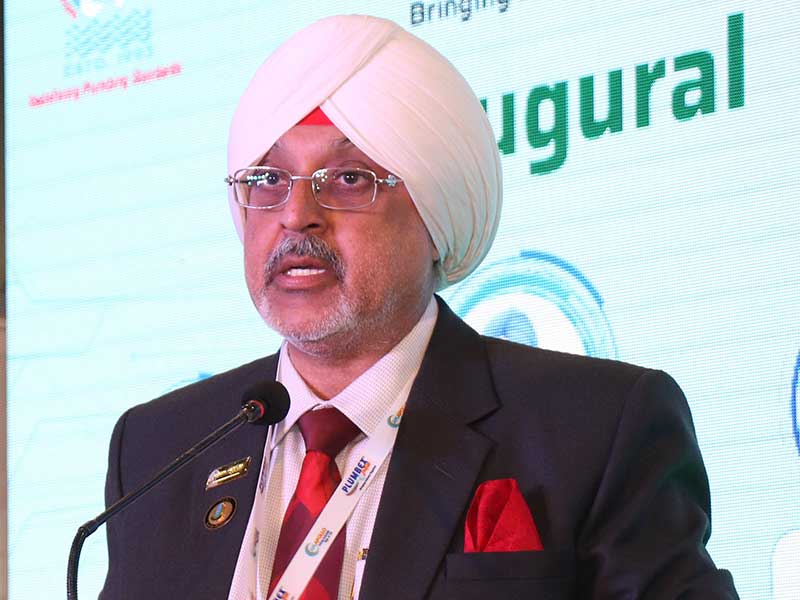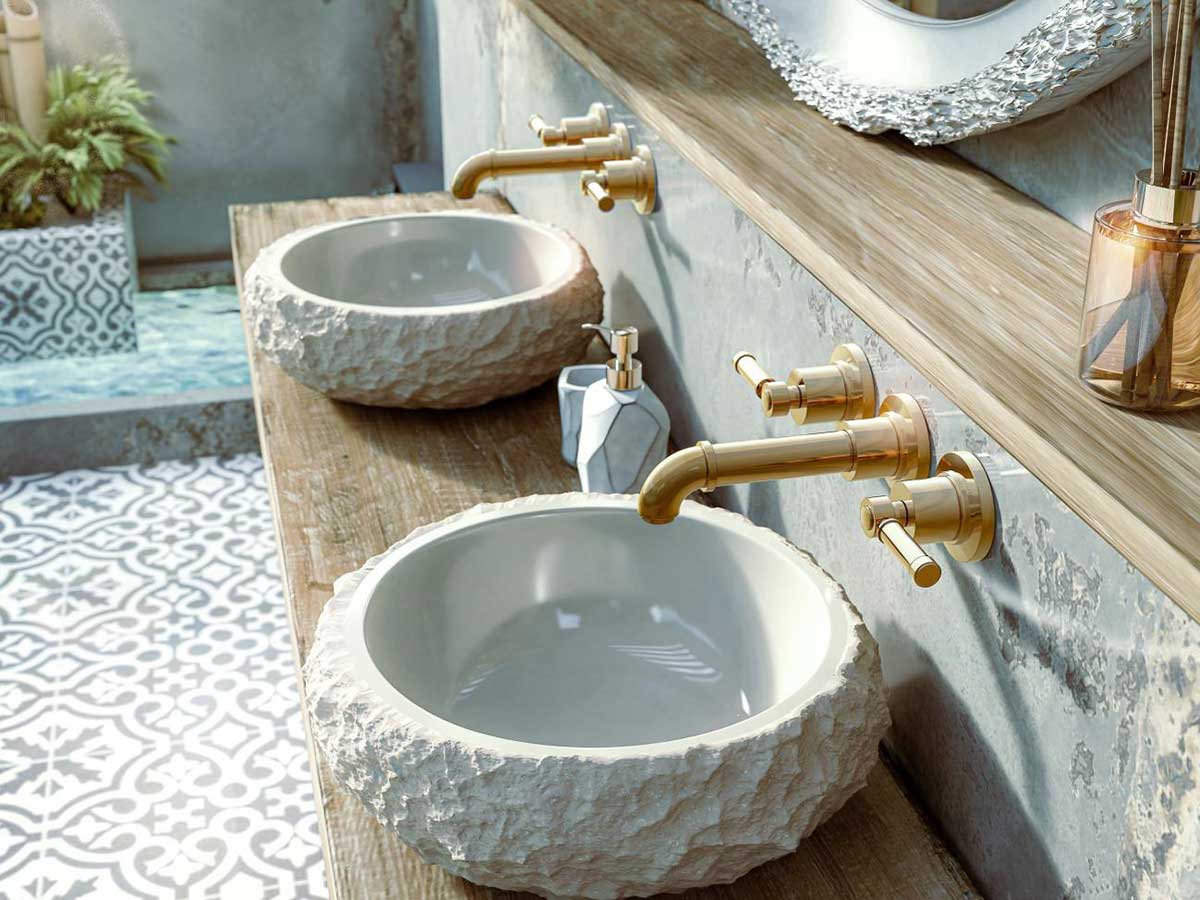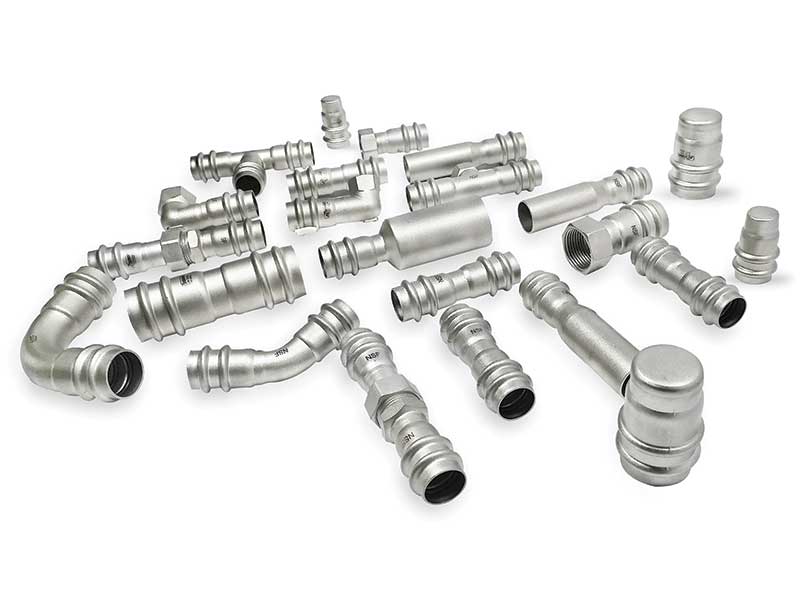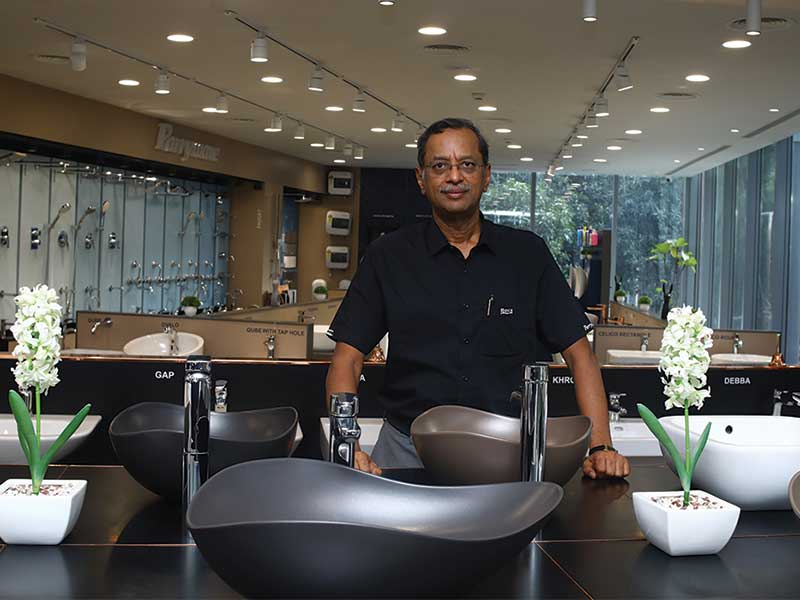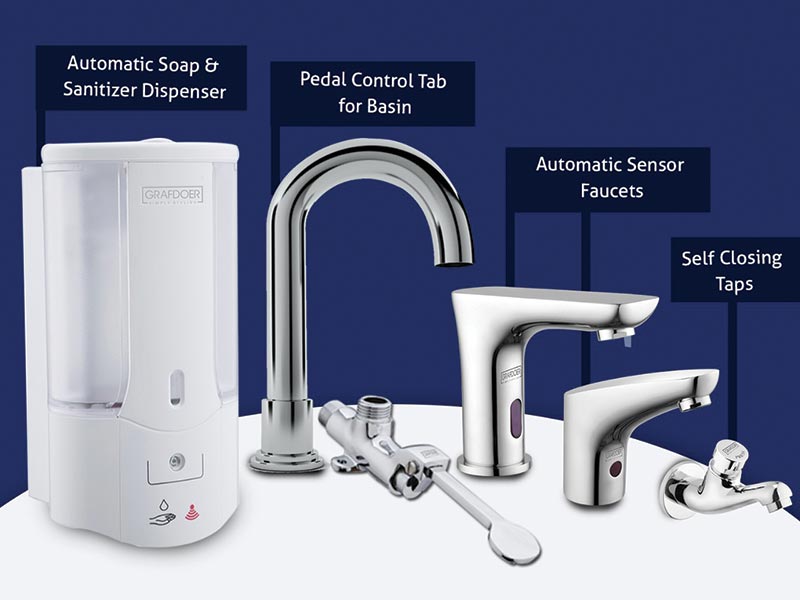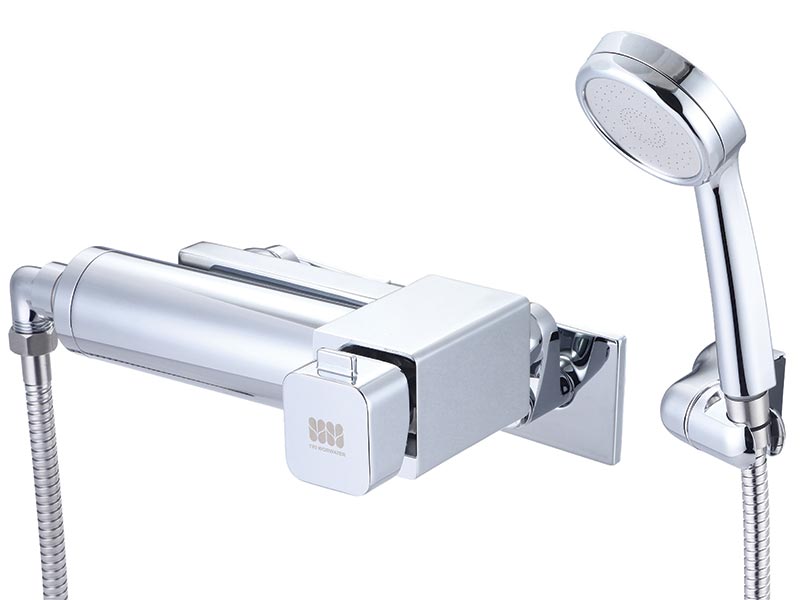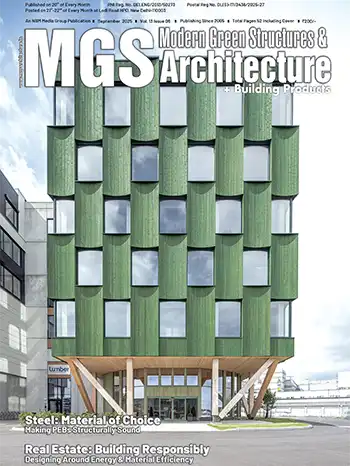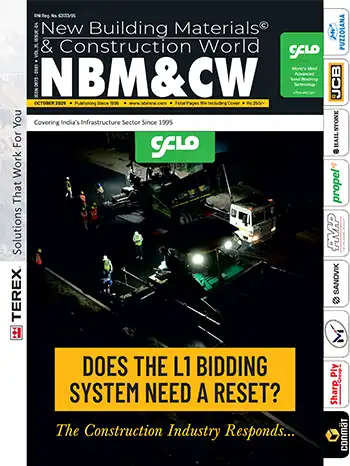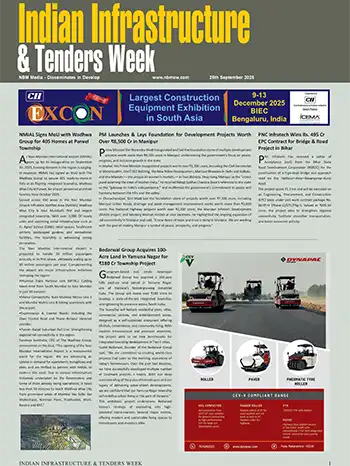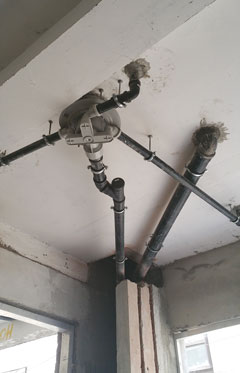
A faulty waterproof treatment of the sunken area, a crack in a sanitary pipe, leakage in a joint, or even a blockage in a drainage pipe, will cause damp patches to appear on the walls. One can imagine how cumbersome it is for the home owner to not only replace pipes but to tear out walls, custom floor finishes and slabs, perhaps relocate, and the resultant mess and expense he has to deal with. The problem can be taken care of by fixing it with a waterproofing product, which is applied to seal the floor bed, shower splash zone, sanitary fittings, nahani traps, and drainage pipes.
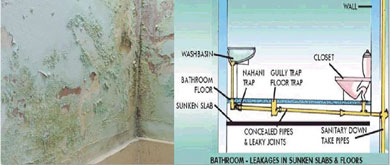
Plastic pipe installations have reduced leakage due to longer pipe lengths and high-integrity joint systems. They are also cost-effective, easy and faster to install as compared to cast iron pipes. They are non-corrosive, 100% leak proof, maintenance-free, and are backed by 5 to 20 years warranty, and even lifetime warranties (varies from product to product). Though earlier sourced from UK and Europe, they are now being manufactured in India to the highest technical standards.
Prevention they say, is better than cure. The same is applicable to the house also. The best remedy for avoiding leakages and seepages is to take extra care during construction of the house. As more and more Indians prefer to use European pans, use of these plastic pipes that take water and waste from beginning to end, seamlessly above ground, with significantly reduced noise, the concept of sunken floors should fast vanish.

Babika is Proof Checking Consultant - Architecture & Construction. She can be reached at




